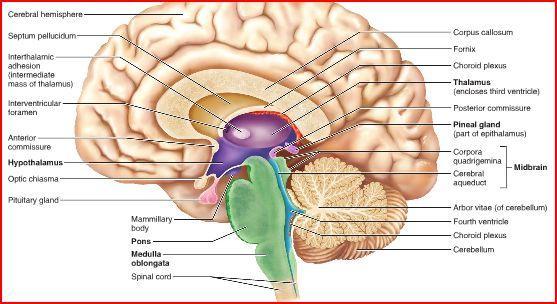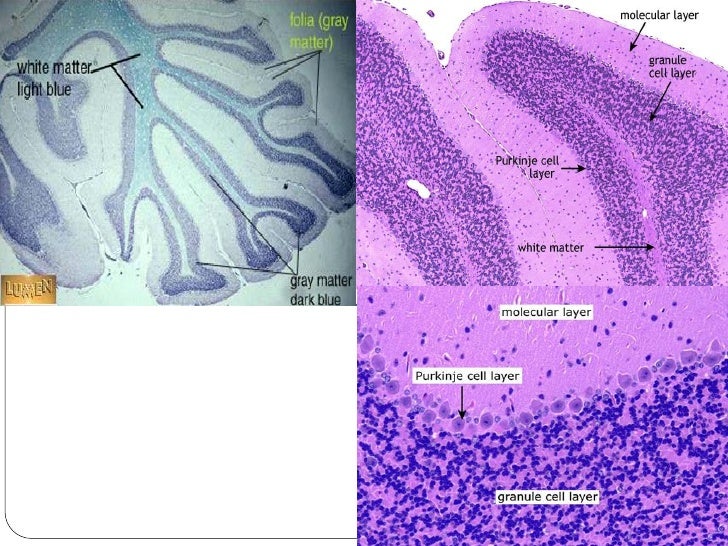Today’s topic is Role Of Arbor Vitae In Cerebellum. Obviously, you can find a great deal of Function Of Pons In Sheep Brain-related content online. The proliferation of online platforms has streamlined our access to information.
There is a connection between the Medulla Oblongata Sheep Brain and function of arbor vitae in cerebellum information. additional searching needs to be done for Function Of Cerebellum In Sheep Brain, which will also be related to What Portion Of The Brain Looks Like A Tree In Cross Section.

11 Fun Facts Role Of Arbor Vitae In Cerebellum | Arbor Vitae Uteri
- Hypotonia - the muscles lose resistance to palpation due to diminished influence of the cerebellum on gamma motor neurons. The patient walks with a broad-based gait and leans toward the affected side.[1] - Source: Internet
- The cerebellum appears to play a role in many types of behaviours. Cerebellar damage not only affects movement coordination but also disrupts some perceptual abilities such as visual motion discrimination. The cerebellum acts to make predictions for different cerebral areas of the brain to optimize their abilities– helping to predict optimal motor commands for movement control and upcoming sensory events for sensory perception possibly explaining how cerebellar damage affects other behaviours.[5] - Source: Internet
- Grey matter – located on the surface of the cerebellum. It is tightly folded, forming the cerebellar cortex. The gray matter of the cortex divides into three layers: an external - the molecular layer; a middle - the Purkinje cell layer; and an internal - the granular layer. The molecular layer contains two types of neurons: the outer stellate cell and the inner basket cell.[1] - Source: Internet
- Spinocerebellum – comprised of the vermis and intermediate zone of the cerebellar hemispheres. It is involved in regulating body movements by allowing for error correction. It also receives proprioceptive information. - Source: Internet
- Sagittal section of the cerebellum, near the junction of the vermis with the hemisphere. ("arbor vitae" visible as white space to left, but not labelled.) - Source: Internet
- The flocculonodular lobe. It is the oldest part of the brain in evolutionary terms (archicerebellum) and participates mainly in balance and spatial orientation. Its primary connections are with the vestibular nuclei, although it also receives visual and other sensory input.[3] Zones - Source: Internet
- A 2019 [9] ) report shows compelling evidence that the mature central nervous system (CNS) harbours stem cell populations outside conventional neurogenic regions. It has been demonstrated that brain pericytes (PCs) in both mouse and human exhibit multipotency to differentiate into various neural lineages following cerebral ischemia. Importantly putative ischemia-induced multipotent stem cells are present in poststroke cerebellum and possess region-specific traits, suggesting a potential capacity to regenerate functional cerebellar neurons following ischemic stroke [9] . - Source: Internet
- There are three cerebellar zones. In the midline of the cerebellum is the vermis. Either side of the vermis is the intermediate zone. Lateral to the intermediate zone are the lateral hemispheres. There is no difference in gross structure between the lateral hemispheres and intermediate zones Functional Divisions - Source: Internet
- The cerebellum receives afferent information about voluntary muscle movements from the cerebral cortex and from the muscles, tendons, and joints. It also receives information concerning balance from the vestibular nuclei. Each cerebellar hemisphere controls the same side of the body, thus if damaged the symptoms will occur ipsilaterally.[1] - Source: Internet
- Vestibulocerebellum – the functional equivalent to the flocculonodular lobe. It is involved in controlling balance and ocular reflexes, mainly fixation on a target. It receives inputs from the vestibular system, and sends outputs back to the vestibular nuclei. - Source: Internet
- The AiA rendering of an MRI of the brain and spinal cord shows arbor vitae in the cerebellum. The arbor vitae literally meaning the “tree of life” and is the name given to the cerebellar white matter that has a tree-like branching pattern. The white matter of the cerebellum consists of nerve fibers that transport sensory and motor information to and from the cerebellum. - Source: Internet
 Following are some suggestions for where to begin your search for data on Arbor Vitae Cerebellum Function:
You should try to find Arbor Vitae In Cerebellum-related information from reputable places. Libraries, online resources, and even paid journalists all fall under this category.
- It's crucial to be aware of the various electronic media sources available when researching Evolutionary biology professor explains how to 'walk the Tree of Life', such as Google and YouTube. You may also get info about Arbor Vitae Kleinhirn on social media sites like Facebook and Twitter.
Following are some suggestions for where to begin your search for data on Arbor Vitae Cerebellum Function:
You should try to find Arbor Vitae In Cerebellum-related information from reputable places. Libraries, online resources, and even paid journalists all fall under this category.
- It's crucial to be aware of the various electronic media sources available when researching Evolutionary biology professor explains how to 'walk the Tree of Life', such as Google and YouTube. You may also get info about Arbor Vitae Kleinhirn on social media sites like Facebook and Twitter.It’s crucial to read to examine the authenticity of each source in order to acquire the greatest information regarding Arbor Vitae Location Brain.
Video | Role Of Arbor Vitae In Cerebellum
You’ll learn more about Function Of Cerebellum In Sheep Brain after watching the films included in this post, which come from a variety of different sources. Information on a wide range of topics can be easily accessed via the internet.
## Notable features of Function Of Fornix include:- Role Of Arbor Vitae In Cerebellum
- Function Of Arbor Vitae In Cerebellum
- Function Of Arbor Vitae In Brain
- Function Of Arbor Vitae In Sheep Brain
- Which Tree Is Called The Tree Of Life

With the abundance of The Tree of Life-related resources available online, it’s easy to find what you’re looking for.
This is not how most people would expect to learn more about Arbor Vitae Cerebellum Function, so be prepared for some shock value. It paves the way for a closer examination of the Cerebellar Vermis information’s actual substance and its potential applications.
 techniques for making Cellular development and evolution of the mammalian cerebellum data visualizations that are both aesthetically pleasing and practically applicable. They can spread the word about Corpus Callosum Sheep Brain in professional and promotional settings. For this reason, we also include The tree of Life-related pictures.
techniques for making Cellular development and evolution of the mammalian cerebellum data visualizations that are both aesthetically pleasing and practically applicable. They can spread the word about Corpus Callosum Sheep Brain in professional and promotional settings. For this reason, we also include The tree of Life-related pictures.
At last, this article sums up key points about Cellular development and evolution of the mammalian cerebellum. There is also a comparison of your Arbor Vitae Location Brain knowledge to that of Which Tree Is Called The Tree Of Life, as well as a discussion on Corpus Callosum Sheep Brain and Which Tree Is Called The Tree Of Life.